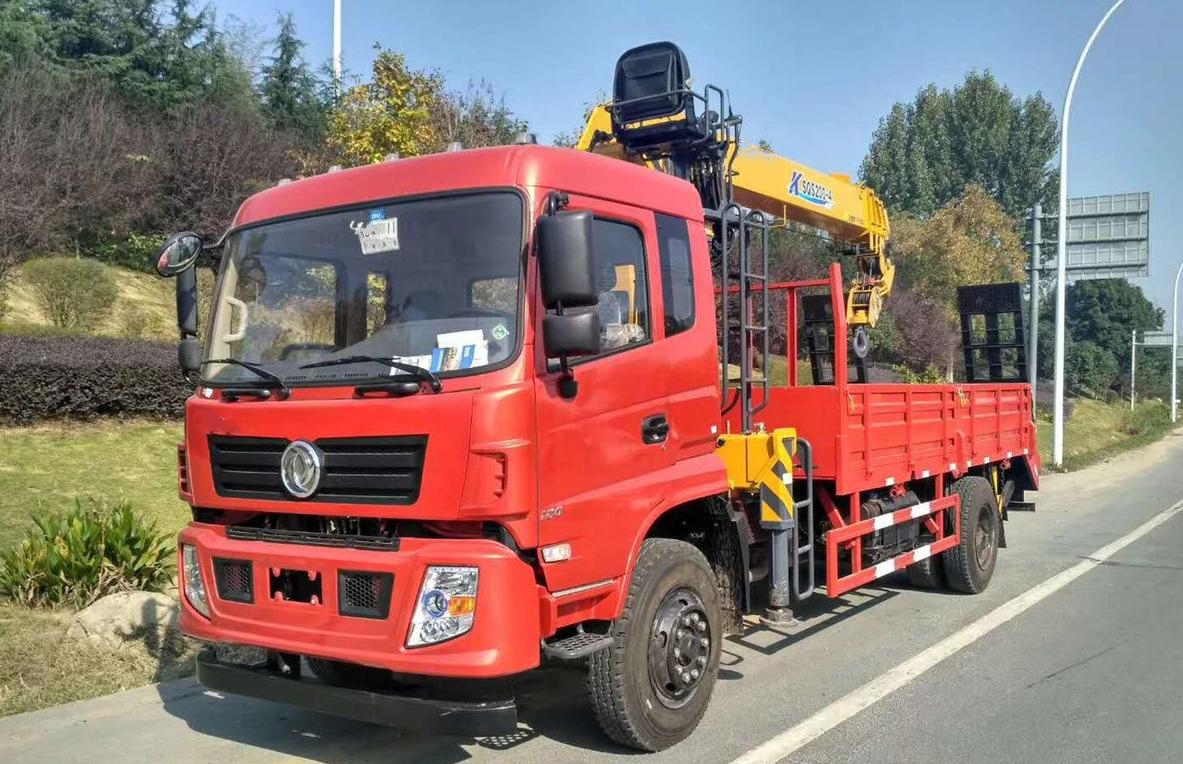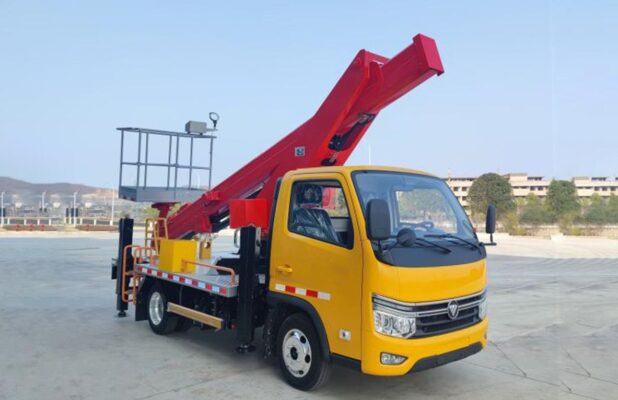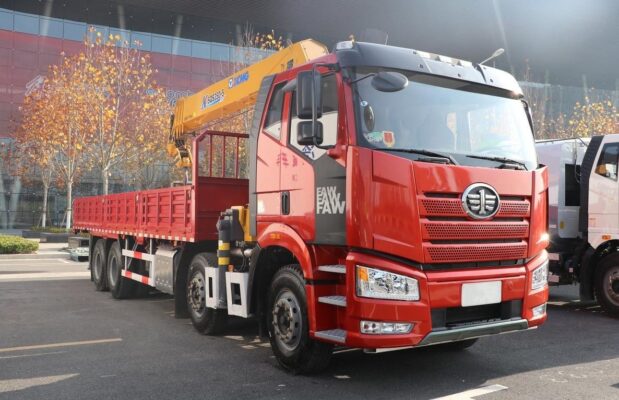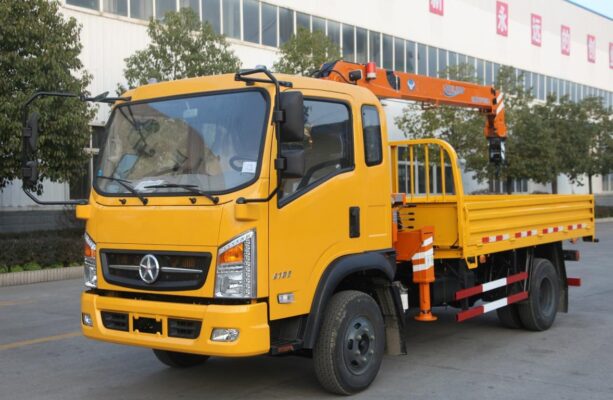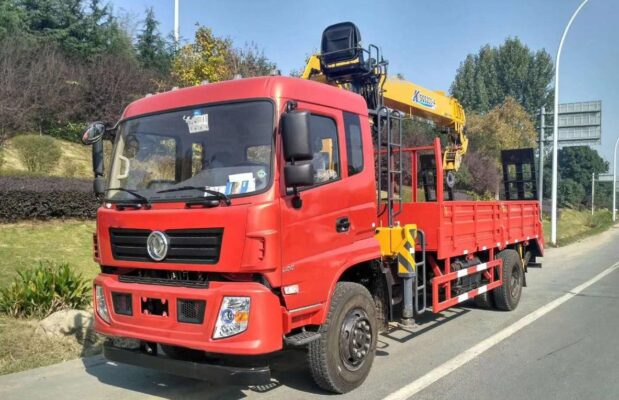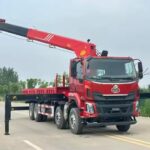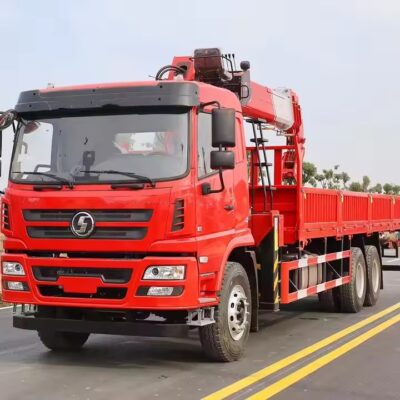Regular and thorough safety inspections of hooks are crucial to ensuring the safe operation of lifting equipment. These inspections should be conducted both prior to installation and during usage, focusing particularly on hazardous cross-sections of the hooks. Below, we outline the essential inspection points that need to be addressed to maintain safety standards.
Pre-Installation Inspection
Before a hook is installed, it is vital to verify its compliance with safety regulations. Here are the key inspection points to consider:
- Certification of Inspection:
- Each hook should come with a certificate of inspection from the manufacturer. This certificate must clearly indicate the hook’s rated lifting capacity and feature an inspection mark printed in a low-stress area of the hook body. If the certification is not available, further testing is required.
- Material Testing:
- In the absence of a valid inspection certificate, the hook must undergo material chemical composition testing to ensure it meets quality standards. Additionally, mechanical performance tests such as tensile tests and impact tests should be conducted to assess its strength and resilience.
- Original Opening Size Measurement:
- It’s important to measure the original opening size of the hook to ensure it conforms to specified dimensions. Any alterations or deformities can compromise the hook’s lifting capacity and safety.
Surface Inspection
The condition of the hook’s surface is critical for safe operation. A detailed visual and tactile examination should be performed, focusing on the following aspects:
- Surface Condition:
- The surface of a used hook must be smooth and free from any imperfections. Inspect for the presence of burrs, sharp edges, cracks, folds, or signs of overheating, which could weaken the hook and pose safety risks.
- Defect Remediation:
- If any defects are identified, they should not be repaired through welding. Welding can introduce further weaknesses or structural changes that compromise the hook’s integrity.
Internal Defect Inspection
Beyond surface checks, it is essential to assess the internal condition of the hook. This can be achieved using specialized testing devices:
- Internal Condition Assessment:
- The hook should be thoroughly examined for internal cracks, white spots, or inclusions that could compromise its strength. These internal defects can significantly reduce the safety factor of the hook, making it imperative to conduct these inspections.
- Flaw Detection Inspections:
- If there are indications of potential internal issues, internal flaw detection inspections should be performed. Techniques such as ultrasonic testing or magnetic particle inspection can be employed to identify any hidden defects.
Safety Devices
To enhance operational safety, the installation of safety devices is highly recommended:
- Preventing Accidental Disengagement:
- Safety devices, such as safety latches or locks, should be incorporated into the hook design whenever possible. These devices serve to prevent the accidental disengagement of loads during lifting operations, adding an extra layer of security.
- Regular Maintenance of Safety Features:
- Ensure that any safety devices installed are regularly inspected and maintained to guarantee their functionality. This proactive approach helps to mitigate risks associated with load handling.
Periodic Inspections During Use
In addition to pre-installation checks, ongoing inspections during the use of hooks are critical. These inspections should include:
- Visual Inspections Before Each Use:
- Operators should perform a quick visual inspection before each lifting operation. Look for any signs of wear, damage, or deformation that may have occurred since the last inspection.
- Monitoring Load Conditions:
- Operators must be vigilant about the load conditions while using the hook. Avoid exceeding the rated lifting capacity and ensure that the load is properly secured before lifting.
- Documentation of Inspections:
- Maintain a log of all inspections, tests, and any maintenance performed on the hooks. This documentation serves as a record of compliance and helps in identifying any recurring issues.
- Training for Operators:
- Ensure that all personnel operating lifting equipment are adequately trained in recognizing potential issues with hooks and the importance of adhering to safety protocols.
Conclusion
The safety of hooks is paramount in ensuring the secure handling of loads in various lifting applications. By adhering to the outlined inspection points—ranging from pre-installation checks to ongoing assessments during use—operators can significantly reduce the risks associated with hook failure. Regular inspections, maintenance of safety devices, and proper training for personnel will contribute to a safer working environment and enhance the overall reliability of lifting operations. As technology and materials continue to evolve, staying informed about best practices for hook safety inspections will remain essential in promoting safe lifting practices across all industries.

